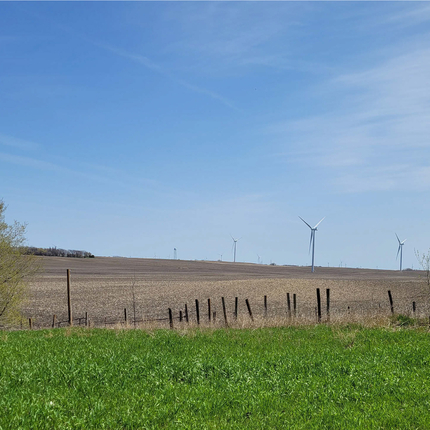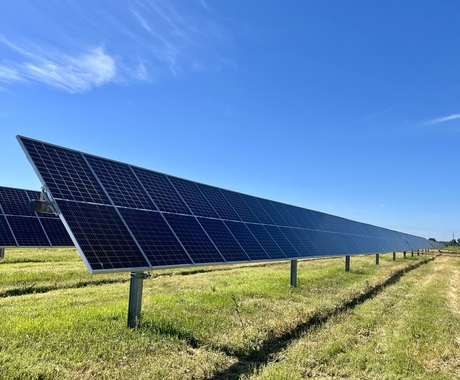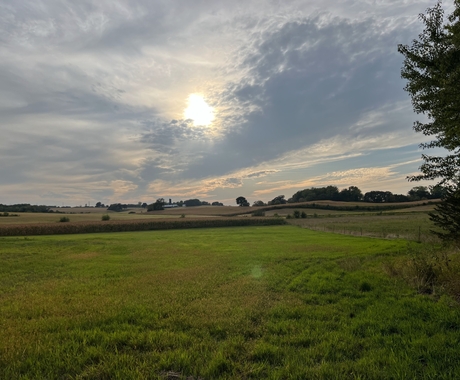Teresa Hoffman, senior communications associate, teresah@cfra.org, 402.687.2100 ext. 1012
CURRIE, MINNESOTA – The open space of rural areas are often well-suited for wind energy production and thanks to the tax revenue generated, the industry is contributing to economic resiliency of rural Minnesota.
A new report from the Center for Rural Affairs—“Industry on the Prairie: Minnesota Wind Energy Production Tax Impact Studies”— examines how some rural counties are using the revenue to benefit residents.
“Buffalo Ridge, in the southwest corner of Minnesota, has benefited from the industry since the 1990s,” said Molly Malone, senior policy associate and author of the report. “The geography of the ridge creates a wind rich environment favorable to energy production and taxes from the industry provide revenue to the region.”
State statute requires wind farms pay taxes to the communities that host them based on how much energy they produce. In some cases, the wind industry is the largest source of property tax to a county or township.
In 2021, 28 rural counties in Minnesota received $14.1 million in combined revenue from the wind energy production tax. More than 85%—or $12 million—of the revenue went to the top eight producing counties—Lincoln, Mower, Nobles, Jackson, Pipestone, Murray, Rock, and Cottonwood—all in southern Minnesota.
Malone said the counties have used the revenue for property tax relief, infrastructure and capital improvement projects, and improving services, such as broadband.
The report also addresses the lack of transmission infrastructure to support the amount of energy generated.
“History and data demonstrate that existing wind turbines in the region could produce more energy,” Malone said. “However, fully functional towers are shut down because there is not enough capacity on the grid to transport the energy out to where it can be used by consumers.”
Meanwhile, she said rural communities are losing out on tax revenue crucial to economic resiliency, especially as rural populations decline.
“Southwest Minnesota has a commodity in wind energy and we need transmission lines to get it to market.”
To read and download a copy of “Industry on the Prairie: Minnesota Wind Energy Production Tax Impact Studies,” visit cfra.org/publications.




